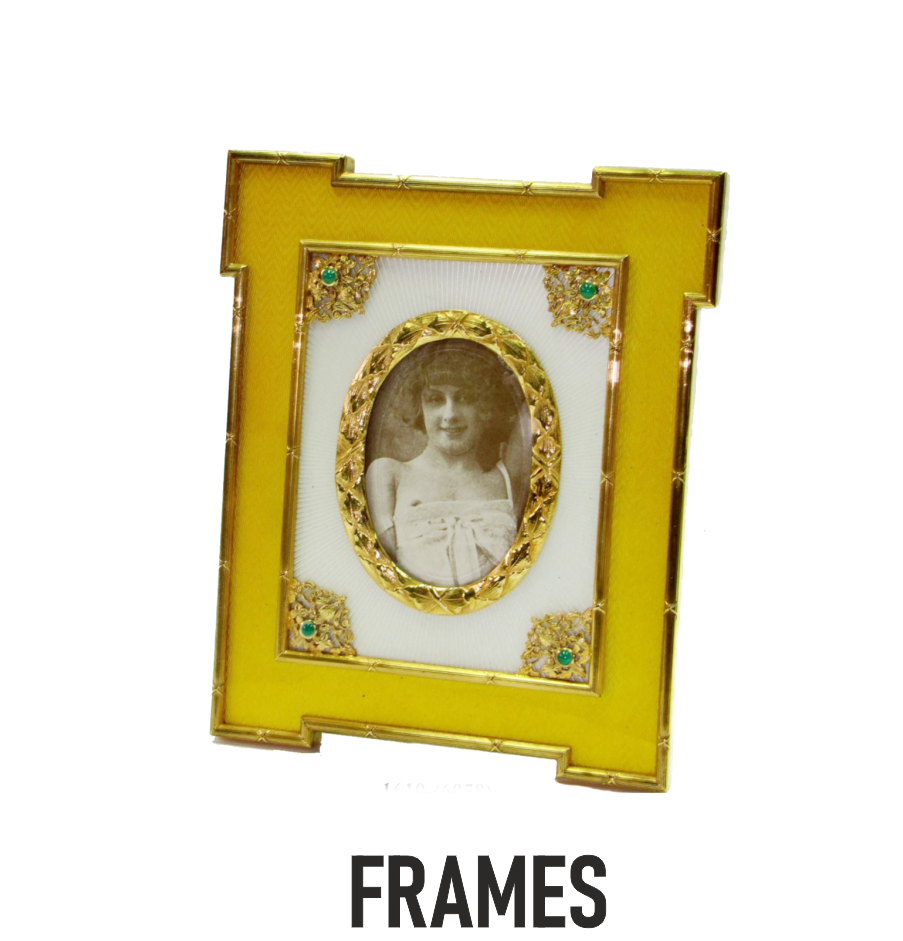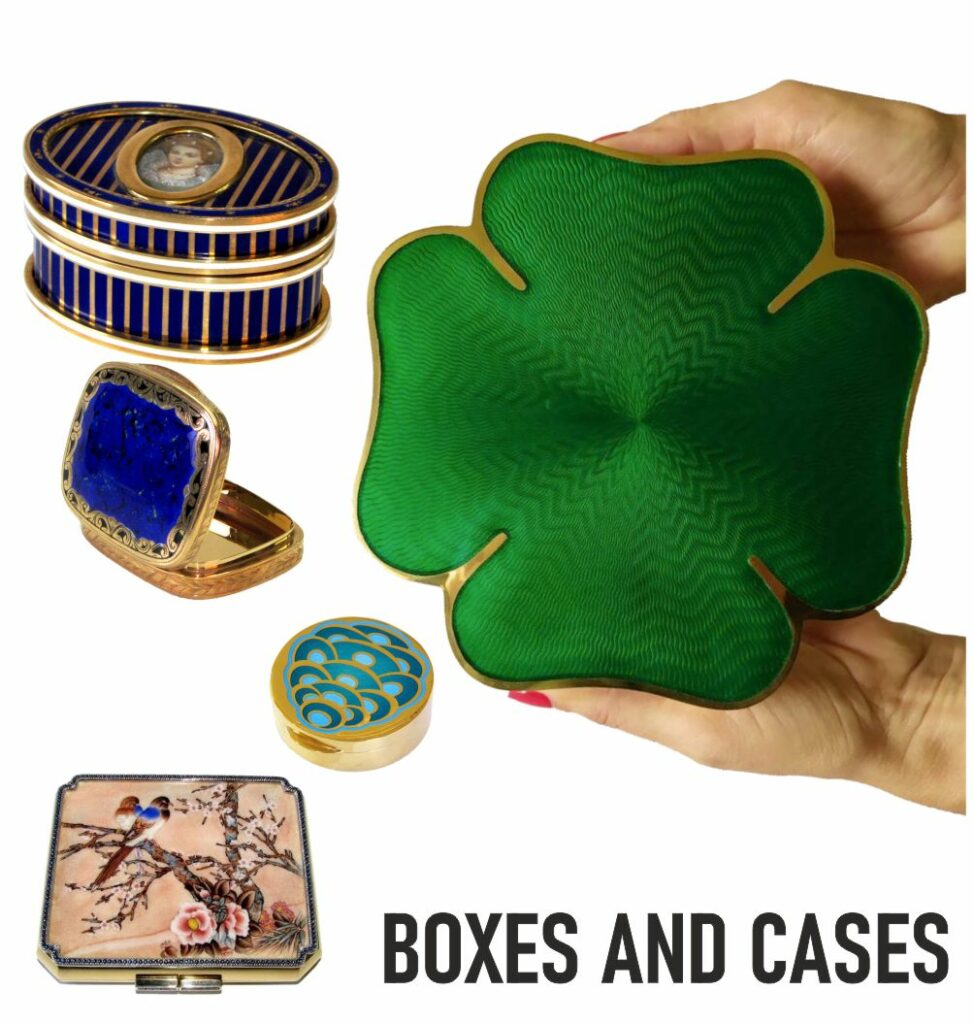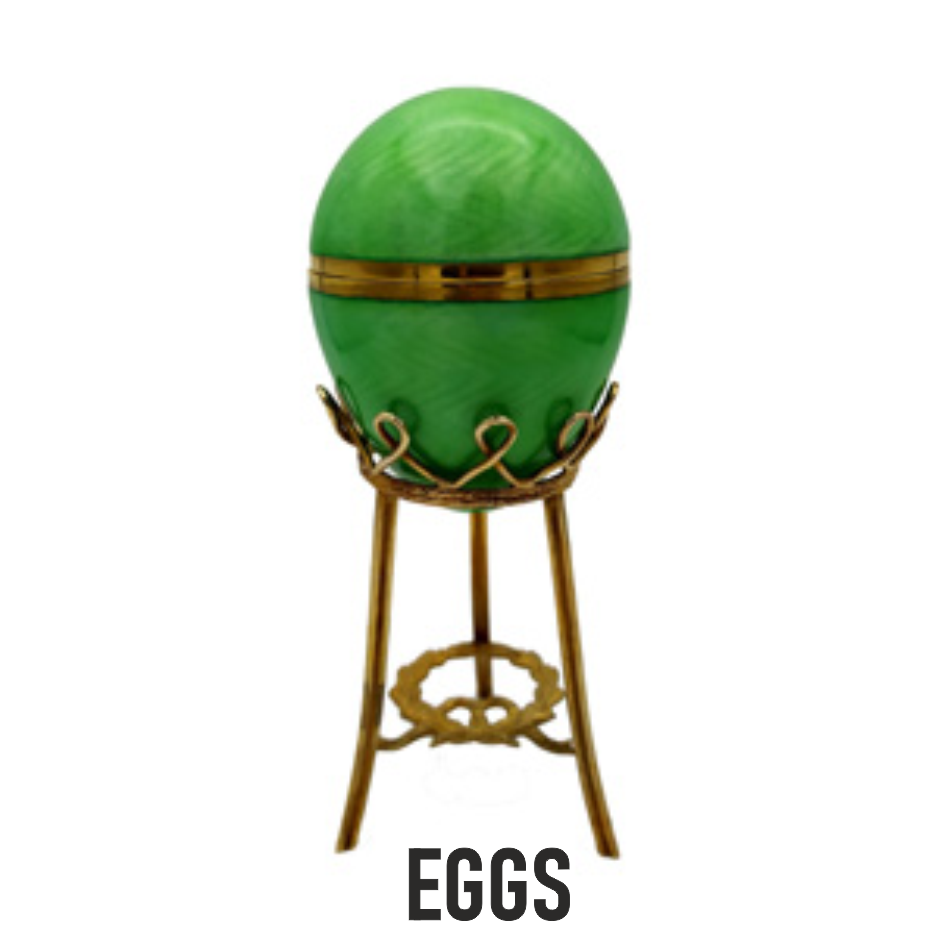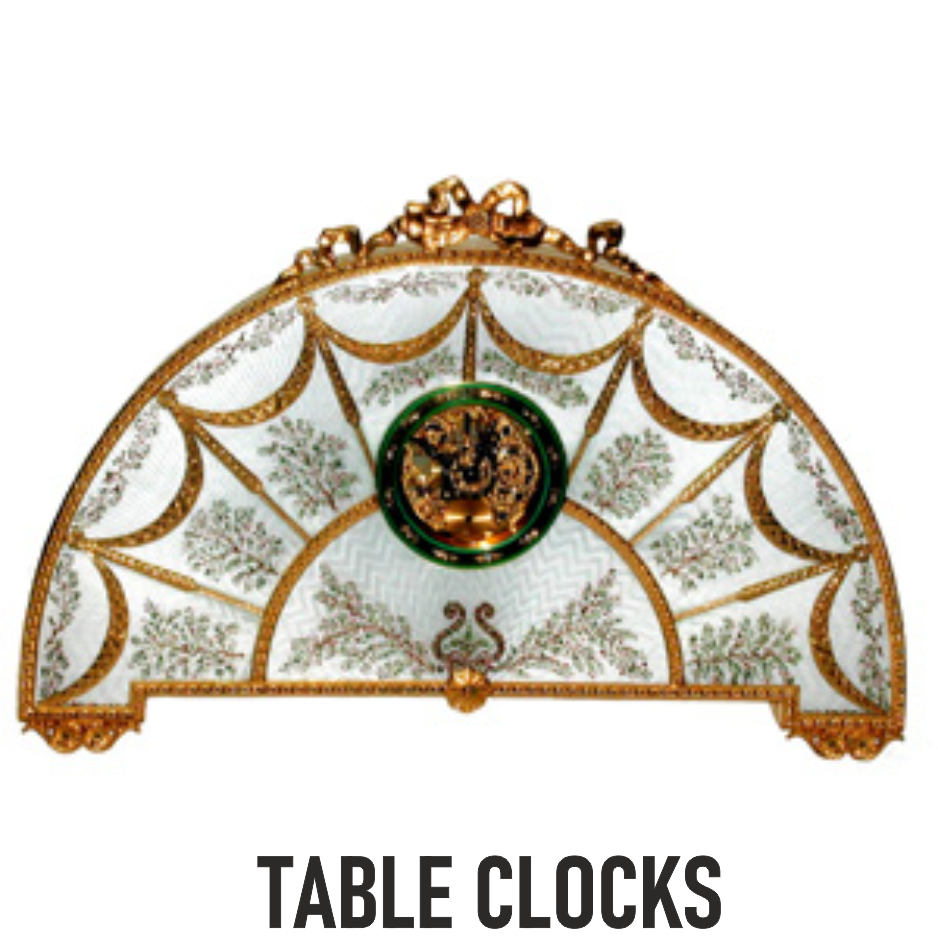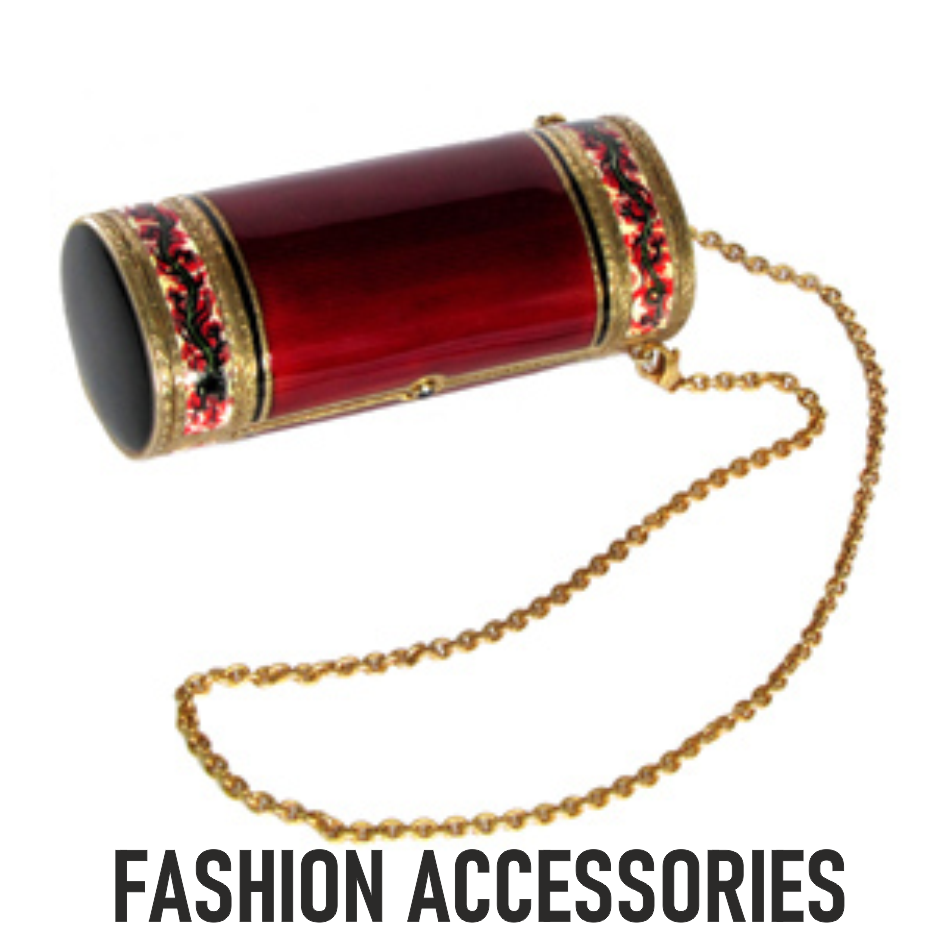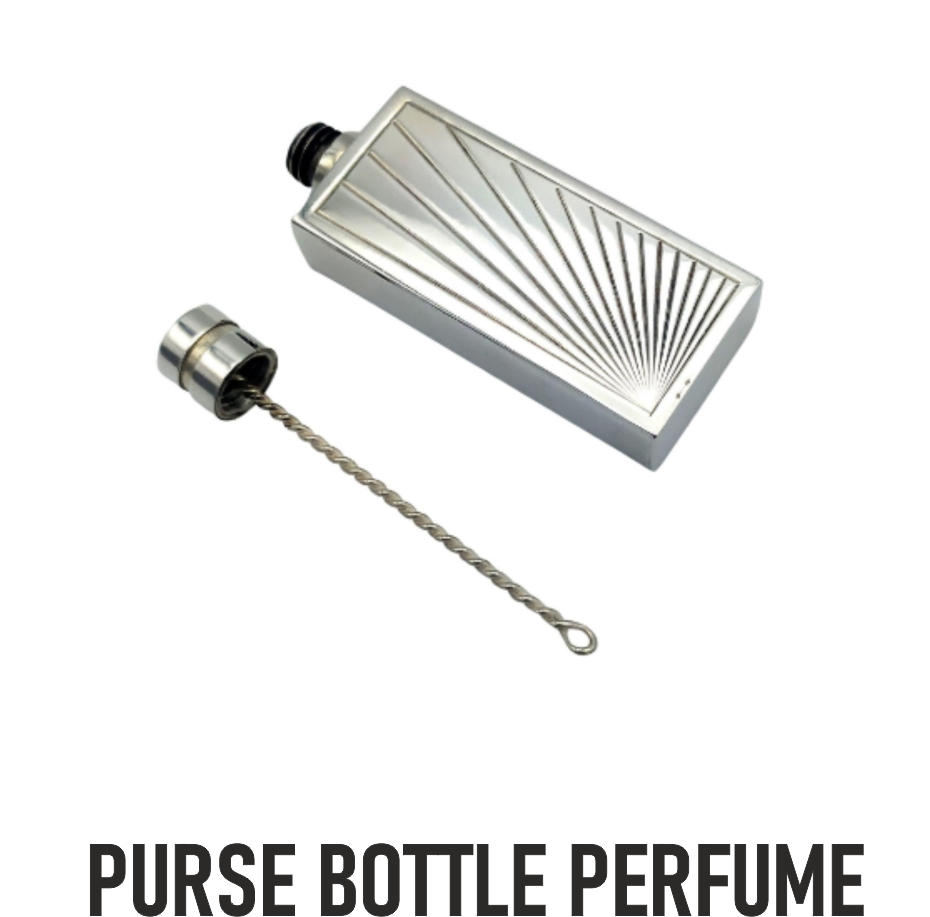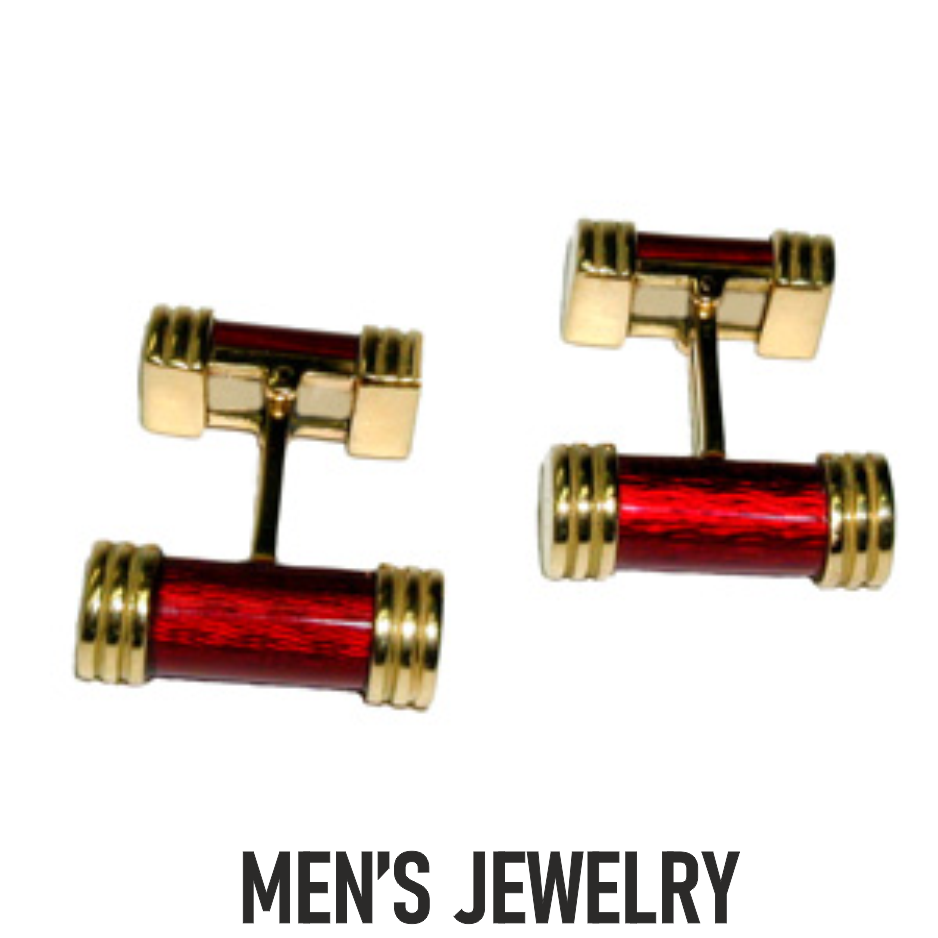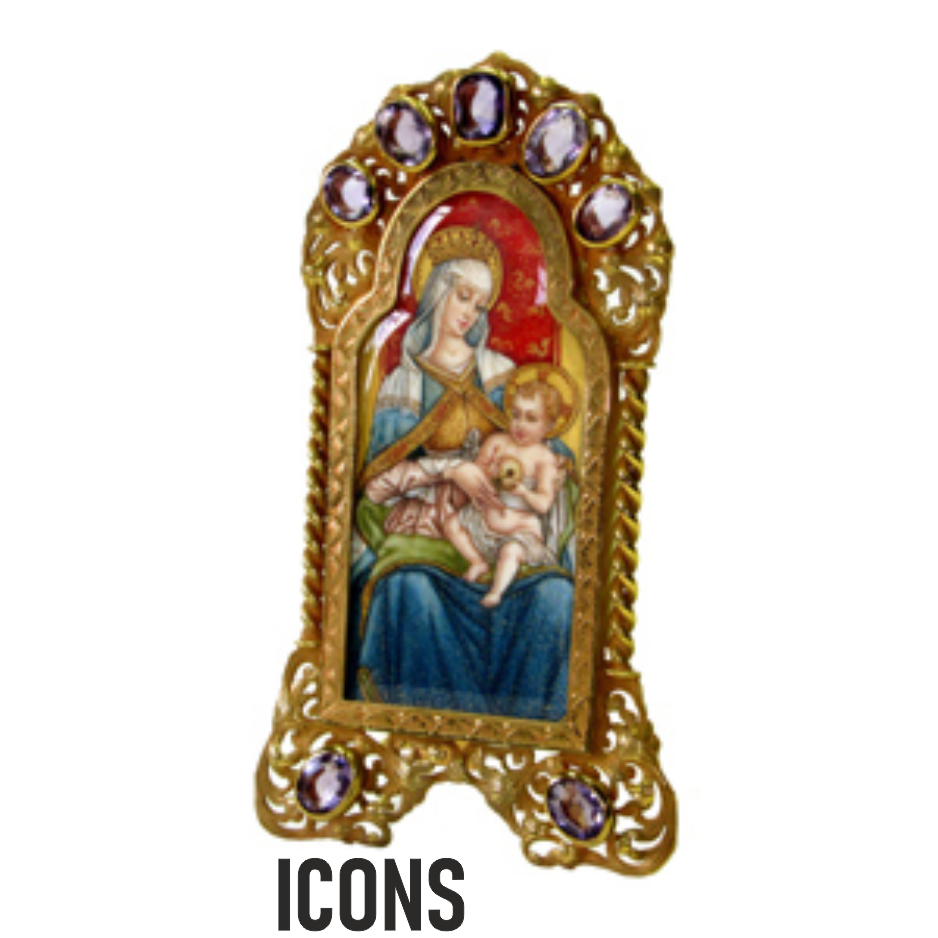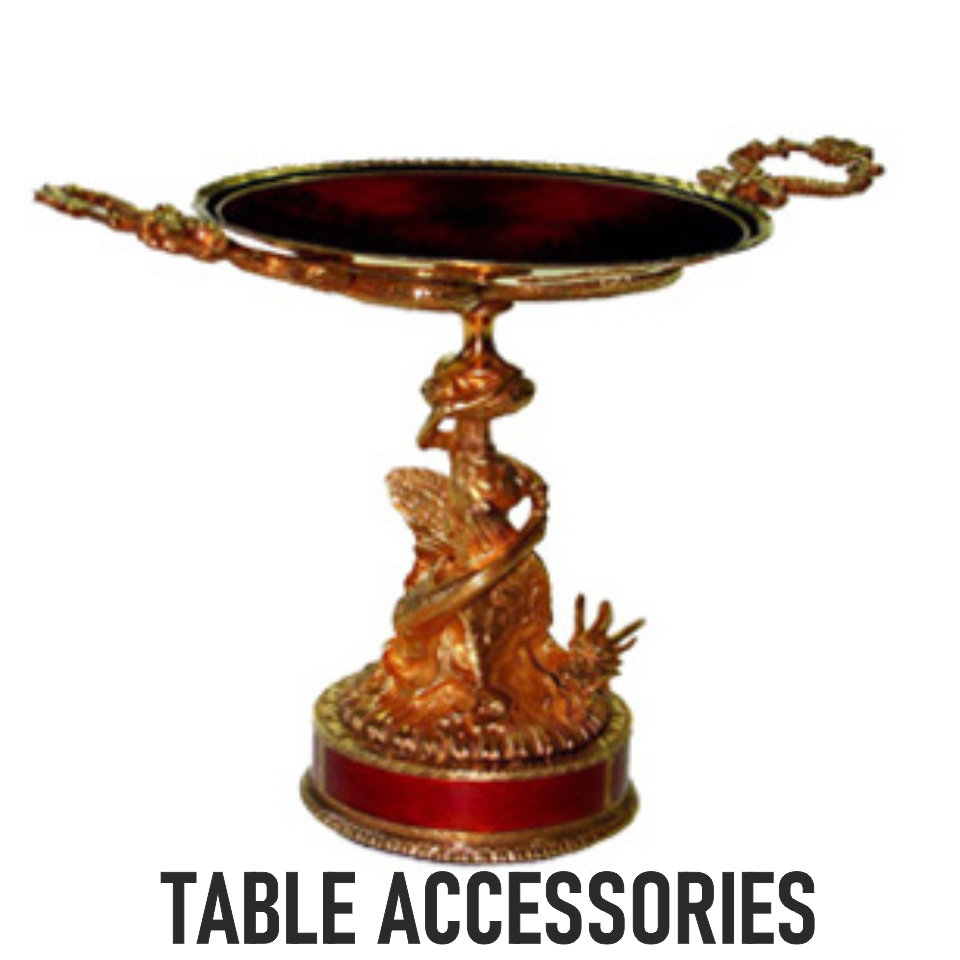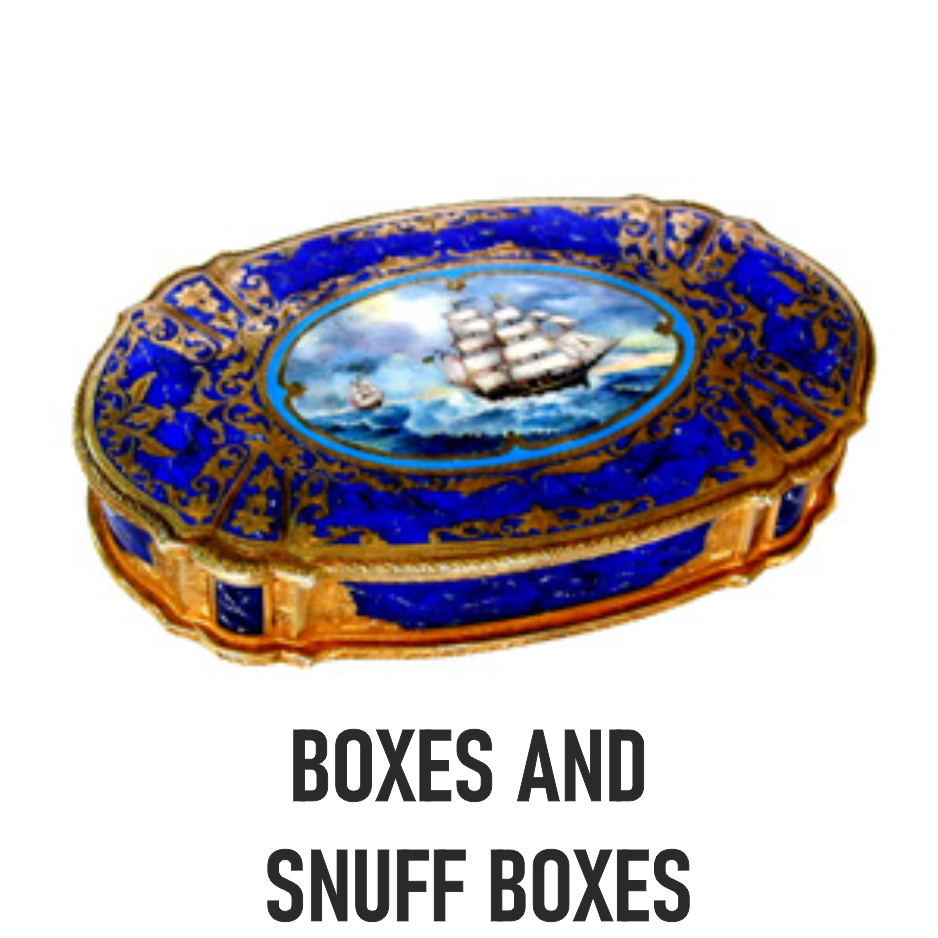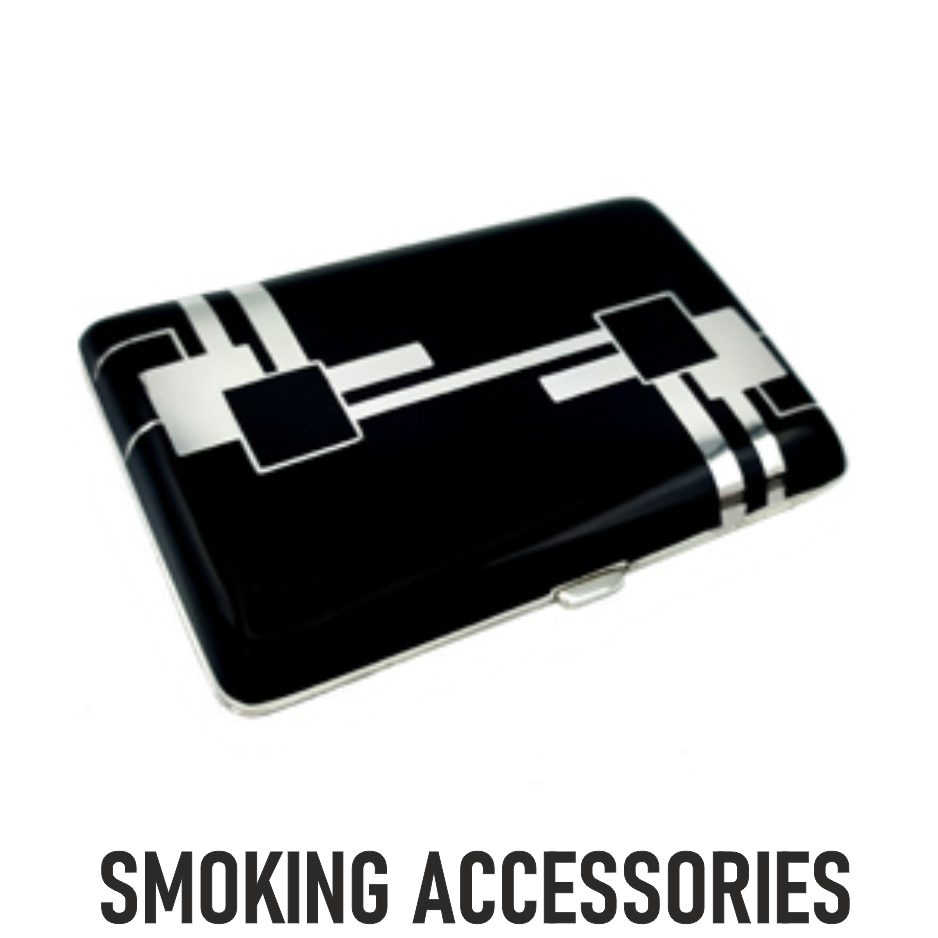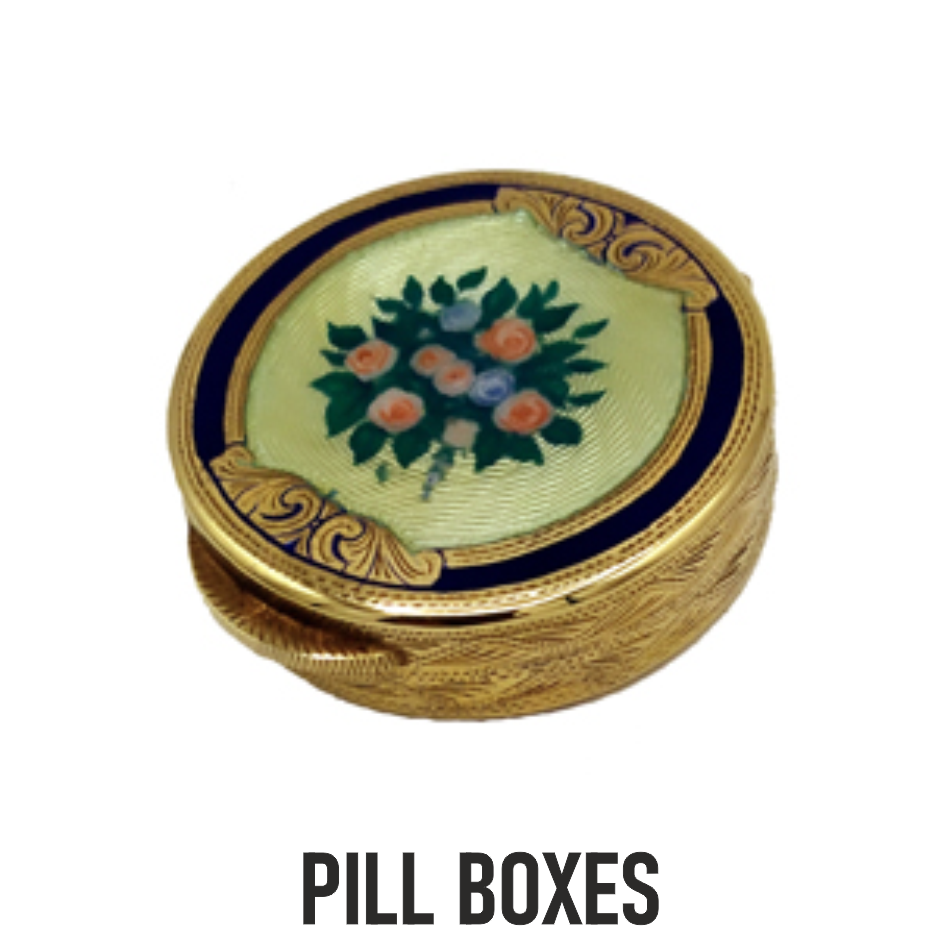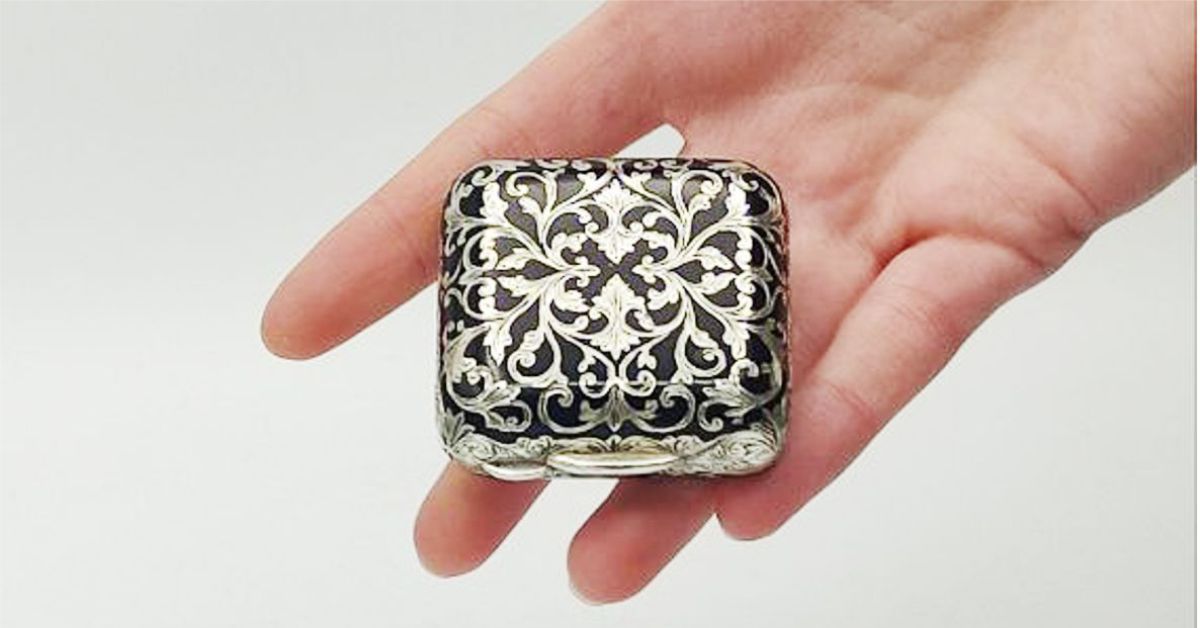
Salimbeni 1891 THE SHOP
Enameled Sterling Silver and Hand Painted – Unique Italian Masterpieces
Discover the quintessential Italian craftsmanship with our exclusive collection of epic enameled silver products. Each piece, handmade by master craftsmen, shows a unique work of art. The refined guillochè enamel technique embellishes each creation, while the delicate hand-painted miniatures add a touch of timeless elegance. Own a truly authentic piece. It is unique, new, and handmade. It embodies the tradition and innovation of Made in Italy.

